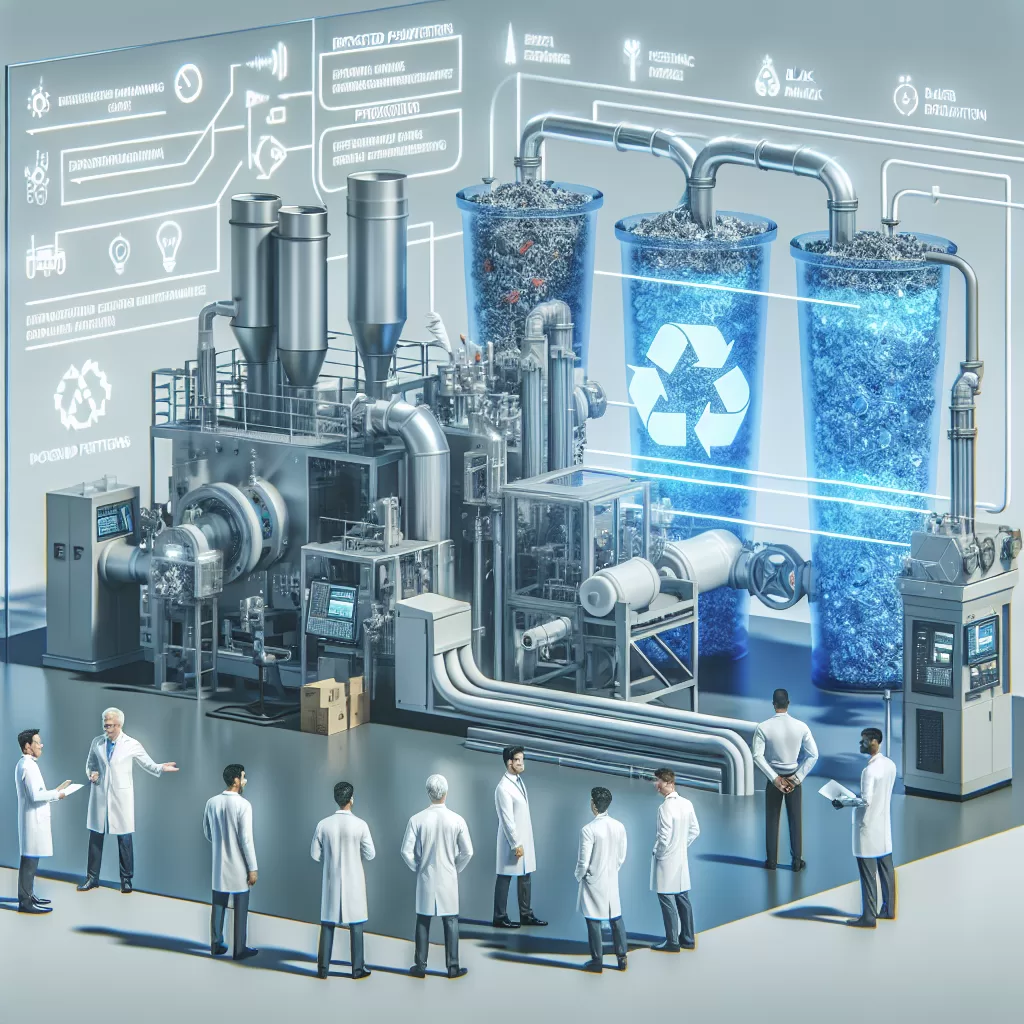Scientists and companies are pioneering new sustainable methods to transform carbon dioxide (CO2) emissions and waste materials into bioplastics. These innovative technologies could revolutionize the plastic industry while addressing critical environmental issues.
The Mounting Plastic Crisis
Plastic production currently consumes a staggering 8% of global oil supply, and this demand is projected to soar to 20% by 2050. With a mere 9% of plastic being recycled worldwide and over 8 million tons entering oceans annually, alternative manufacturing methods are becoming increasingly urgent.
Revolutionizing Plastic Production
Several companies are at the forefront of CO2-to-plastic and waste-to-bioplastic conversion technologies, achieving significant breakthroughs in efficiency and sustainability.
Newlight Technologies has developed AirCarbon, a thermoplastic created by combining atmospheric CO2 with methane from agricultural waste. Their proprietary process uses microorganisms to convert greenhouse gases into a high-performance plastic. Remarkably, each kilogram of AirCarbon produced sequesters 88 kilograms of CO2, making it carbon-negative at scale.
German materials giant Covestro has introduced cardyon®, a polyurethane plastic containing up to 20% CO2 captured from industrial emissions. Their catalytic process enables efficient CO2 incorporation, potentially saving up to 20 million metric tons of CO2 annually across their production line.
Varied Approaches, Common Goal
The waste-to-bioplastic sector continues expanding with diverse approaches. Mango Materials produces biodegradable plastics from methane collected from landfills and wastewater treatment facilities, achieving a 60% reduction in greenhouse gas emissions compared to traditional methods.
Biofase manufactures plastics from avocado waste, while Paques Biomaterials converts wastewater and organic residues into bioplastics. AgroRenew transforms agricultural waste from watermelon, pumpkin, and cantaloupe into biodegradable plastics.
Overcoming Challenges and Scaling Up
Despite these innovations, significant challenges remain. Waste-to-bioplastic conversion requires substantial energy and water resources, potentially offsetting environmental benefits. Current production costs for CO2 and waste-derived bioplastics exceed traditional plastics by 150-300%.
Achieving widespread adoption hinges on overcoming technical, infrastructural, and economic obstacles. Supportive policies like carbon pricing, sustainable material subsidies, and tax incentives could accelerate the transition. Continued innovation, investment, and collaboration between government, industry, and research institutions will be critical to scaling these technologies.
A Sustainable Future for Plastic
While CO2 and waste-derived bioplastics show promise in addressing environmental challenges, their success depends on overcoming significant hurdles. With continued technological advancement and supportive policies, industry experts project that waste-to-bioplastic conversion could achieve cost parity with traditional plastics by 2040, contributing to a more sustainable and circular economy.
Tags:
#Bioplastics #CircularEconomy #WasteManagement #CO2Capture #SustainableManufacturing #GreenInnovation #ClimateChange #EnvironmentalSolutions

